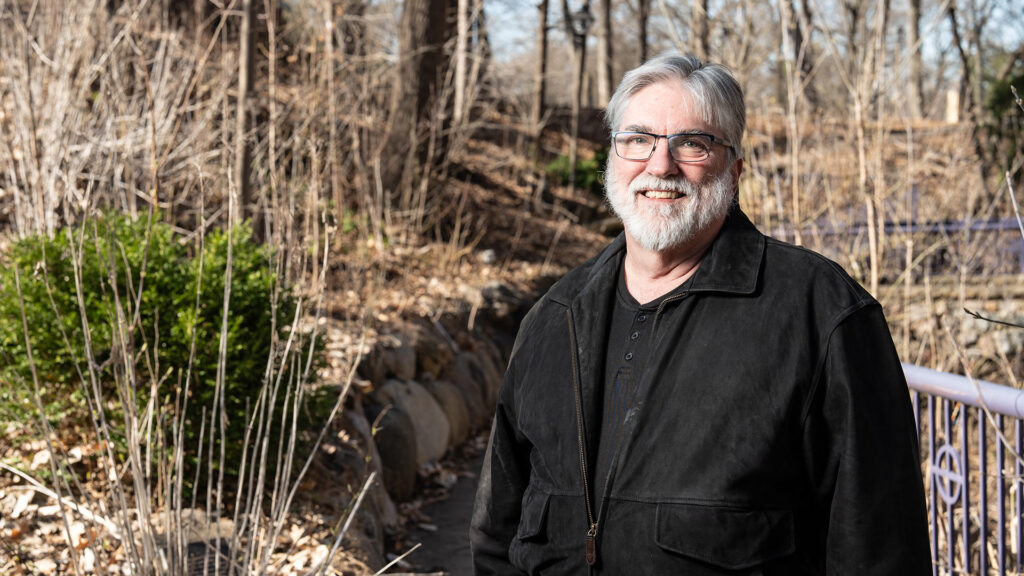Most people talk to themselves, regardless of whether the intended audience is a family member, neighbor, co-worker or the dog. In other words, the golden rule of human communication tends to be: speak unto others as you would have them speak unto you.
That’s great if you never go far from the street on which you grew up, but that bias works progressively less well the further one gets from “home.”
For the professional communicator, the luxury of assuming everyone receiving a message is “like me” never resonates as reality, but the truth today goes almost beyond comprehension. Whether an announcement to the press or a 140-character social media post, the world could be listening (or at least the NSA). So what does that mean to the creator of the message?
First, it means knowing your “real” audiences. That takes identification of the multiple stakeholders critical to the strategic purpose of your organization, and then thoughtfully building a hierarchy of those people for the message in development.
Part of that message content prioritization depends on the channel via which the message travels. For instance, perhaps your primary audience doesn’t use Twitter much, but the secondary audience lives by it. Time to lean in to the second string.
For each audience, the thorough communicator wants to know as much as possible. A significant part of that knowledge should entail not only how the individuals consume information and via what platforms, but also what “language” they use. Are these people using street slang or techno-speak of their own?
If this sounds like work, consider that much of the real effort comes next, because it requires change on the part of the writer. A great communication professional must become fluent in the language of each key audience. While it may be impractical for the strategic leader to actually craft content across these nuanced iterations, as the decision maker, that individual must engage support personnel who can and learn to discern the differences.
What if the language is literally different than yours? Who can you get to assure an absolutely accurate translation of your meaning from Minnesotan to Swahili? It may take time and energy, but if that African audience is critical to reach, the effort will be well placed.
Dr. Michael C. Porter, APR is director of the Master of Business Communication Program.







